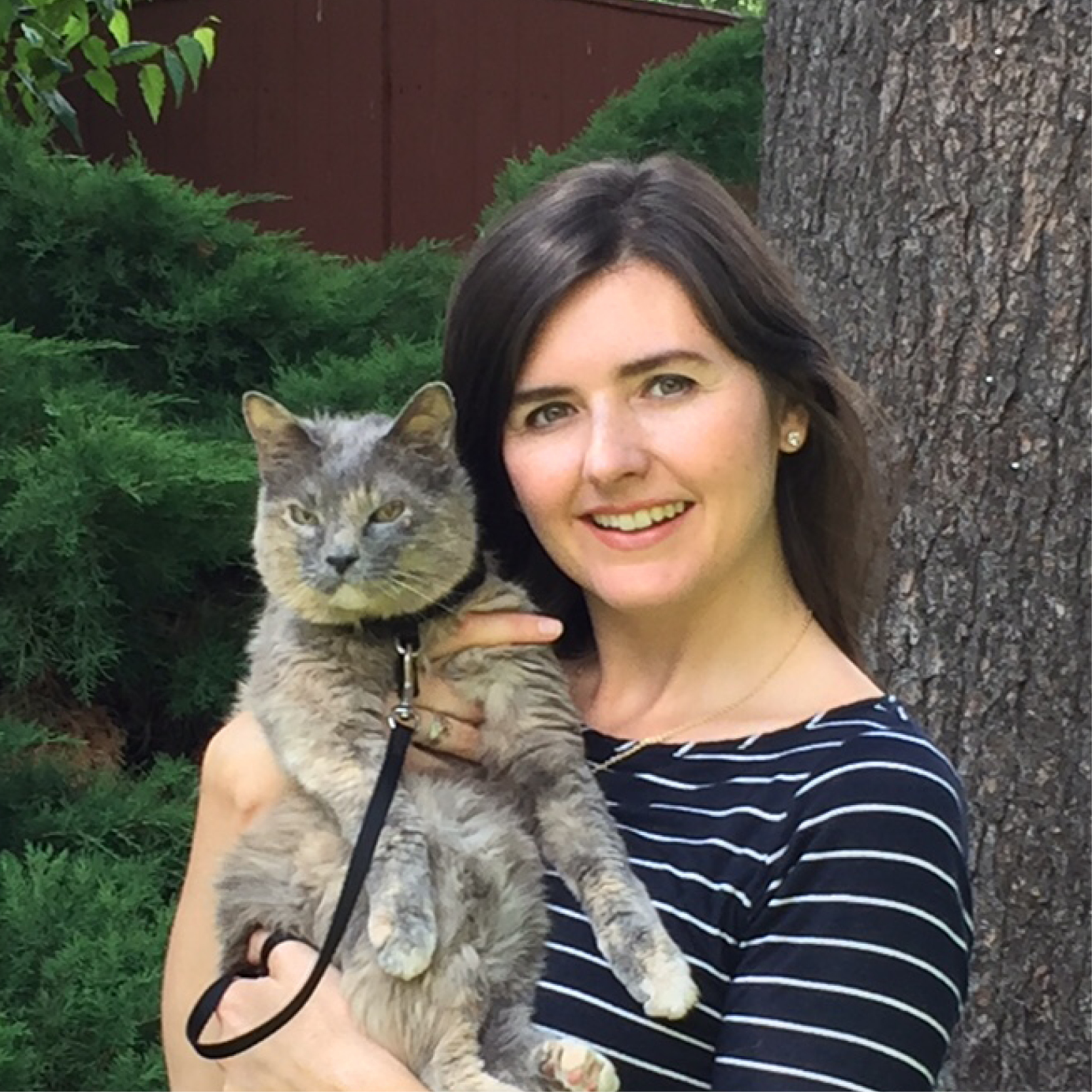
Interview! Heidi Colonna, Curriculum Development Manager for the Humane Society and Board Member with Association of Professional Humane Educators
September 3, 2016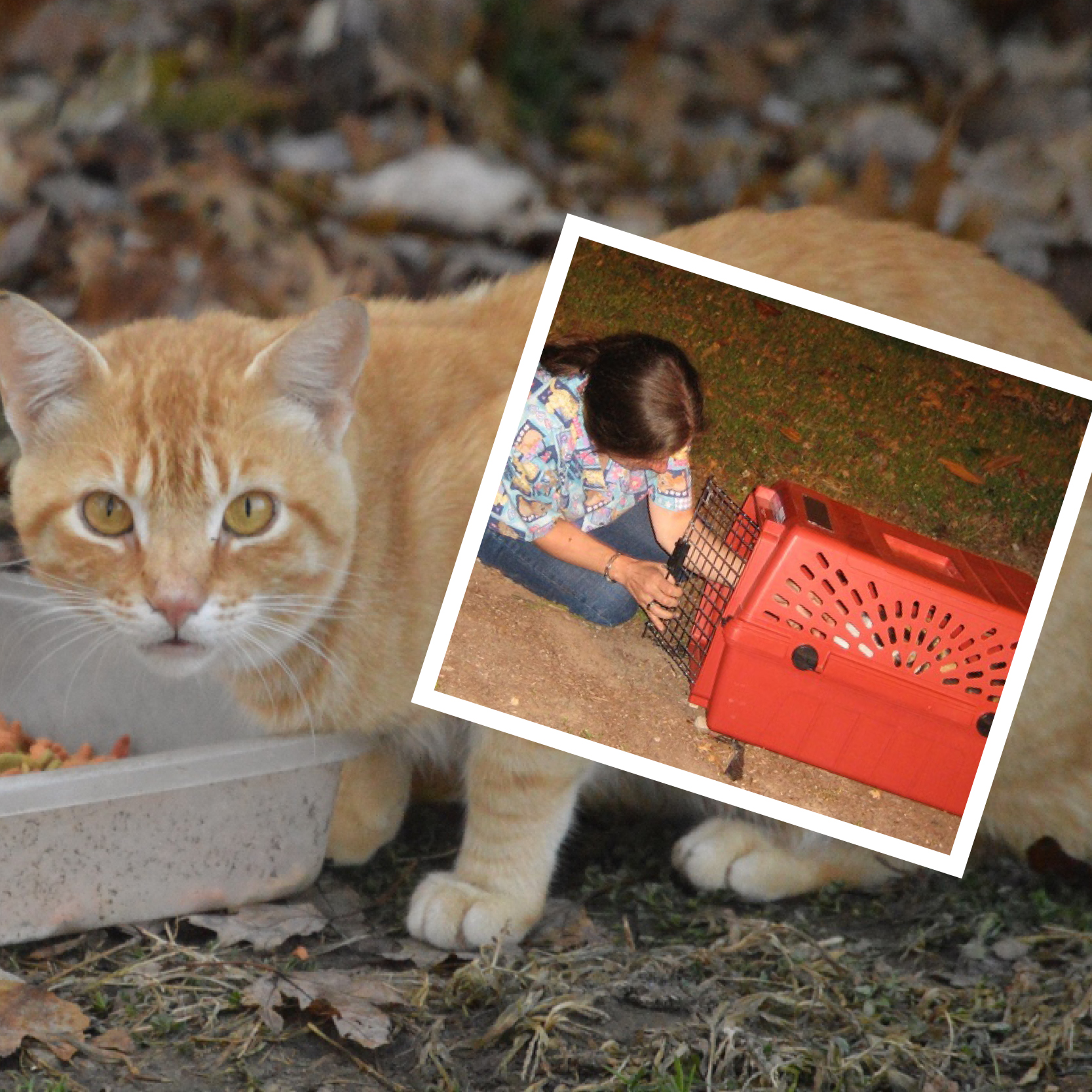
Interview! Pamela Krausz, Founder and Executive Director of Vermont Companion Animal Neutering
September 6, 2016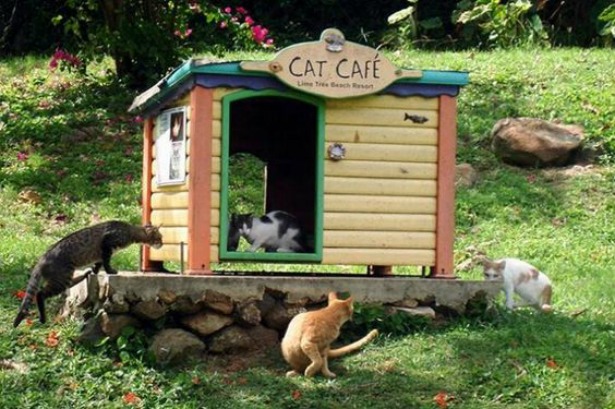
With Fall right around the corner it is time to start thinking now about winterizing and cleaning out your feeding stations and feral cat housing. I can’t tell you how many times our committee members have run around at the end of October/early November getting our shelters and feeding stations ready for the winter. It is good to prepare early so that you don’t get caught with a sudden cold streak, snow fall or gross wet rain! Even if you live in areas of the country where the weather doesn’t get cold, it is a good idea to still do a deep-clean of feeding stations and shelters at least twice a year. Use these tips to Prepare for Winter and Prep Community Cat Shelters in your area!
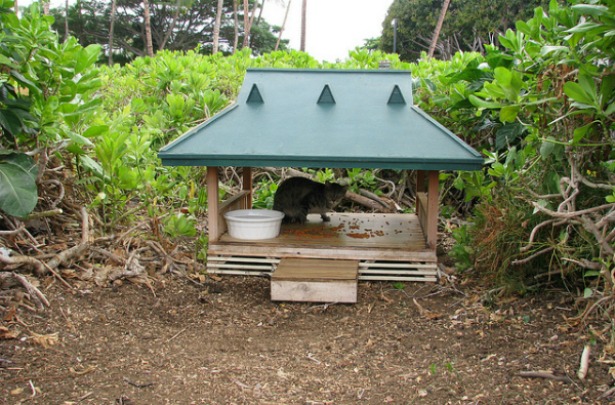
1. Construct Proper Stations and Shelters
In an ideal world, you should have elevated feeding stations and ground level shelters so that you don’t attract skunks, raccoons, etc. At the bottom of this article, you’ll find a link to a cool design that we used for many years in Newburyport and surrounding areas. There are a lot of great designs out there. Please share YOUR designs with us by emailing me at stacy@communitycatspodcast.com!
Ideally, you should have 1 feeding station for every 4 to 6 cats and 1 shelter for every 1 to 4 cats. Also remember that it is best to have your feeding area and shelter at least 50 feet away from one another. Cats don’t want to hang out in areas where this is food for long due to other interested animals!
2. Supplies
What do you need to clean out a feeding station and shelter? This list will help you prepare:
- Work Gloves
- Trash Bags
- A Rake and Broom
- Sturdy Dustpan
- Straw (Not hay! Straw doesn’t get as wet in the winter time and hay often has parasites)
- Spray Bottle with Water
- Cloths
- Duct Tape (you might always need that)
3. Recruit Friends
This is a great activity to do with friends in late September/early October on a nice weekend. October 16 is National Feral Cats Day (sponsored by Alley Cat Allies) and this year it falls on a Sunday! Wouldn’t it be great to devote this day to helping get all of the shelters and feeding stations in your community ready for winter?
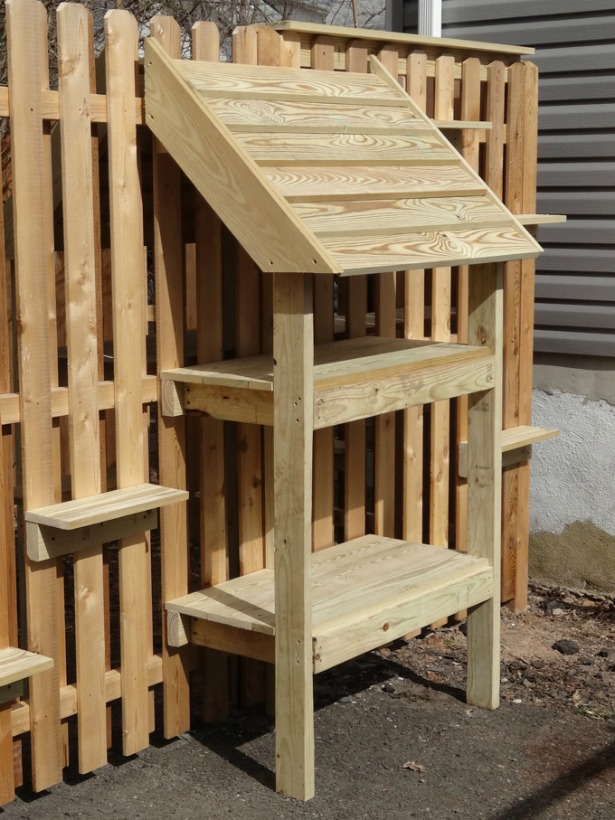
4. Provide Regular Maintenance
In each station, you will pull out the old straw from the shelters and clean the feeding areas with a dust pan. Check your feeding stations and shelters for any necessary repairs needed, as well. Regularly repair what is needed.
Do your best efforts to clean the inside of the shelters in case someone got sick over the year. DON’T, however, use any heavy smelling cleaners like bleach, etc. Cats may not like the smell of a strong cleaning agent, so a light cleaning with a spray bottle and water is a good idea. Once everything is clean, replace the straw with new straw in the shelters. Sweep or rake the area clean and also pick up any trash around the area. I know the trash may not be yours, but it is helpful to be a good neighbor. People will appreciate your efforts!
5. Maintain After Heavy Weather
After a winter storm or heavy rain it is good to check the straw to make sure it is dry. Also, when you place a shelter or feeding station, face it away from the winds so cold air, rain and snow do not blow in. In the winter time, use microwavable discs that stay warm for 6-8 hours and can be placed in the feeding station. You can also use hand warmers for this purpose, which can be used under water bowls so the water won’t freeze right away. NO cloth should be put in shelters. They would only turn to ice and be very wet.
6. Replace Items When Necessary
If you use heavy bowls that stay at each location, replace with newly cleaned bowls when necessary.
7. Check in Regularly With Caretakers
Lastly, if you depend on caretakers nearby to do regular feedings, make sure you check in regularly! This would be the time to provide them with new supplies and ask about the general health of the colony, too. They can also supply you with info and let you know if there are any newcomers. Also double check that they have an appropriate number to call if something should happen to a cat over the winter or someone new is abandoned.
With several feeding stations, this process can take a while, but it is well worth it. Also feel free to delegate various tasks out to other teams. You don’t have to do everything! When you Prepare for Winter and Prep Community Cat Shelters, it doesn’t have to be done 100% by you!
Here are some really cool feeding station designs I have come across. How do you shelter and feed your community cats?
Please share…
The Community Cats Podcast is pleased to announce the launch of Community Cat Grants! These grants can help you be able to help more cats in your community and you can learn how to raise the necessary funds to support your work. Fill out an application today!




